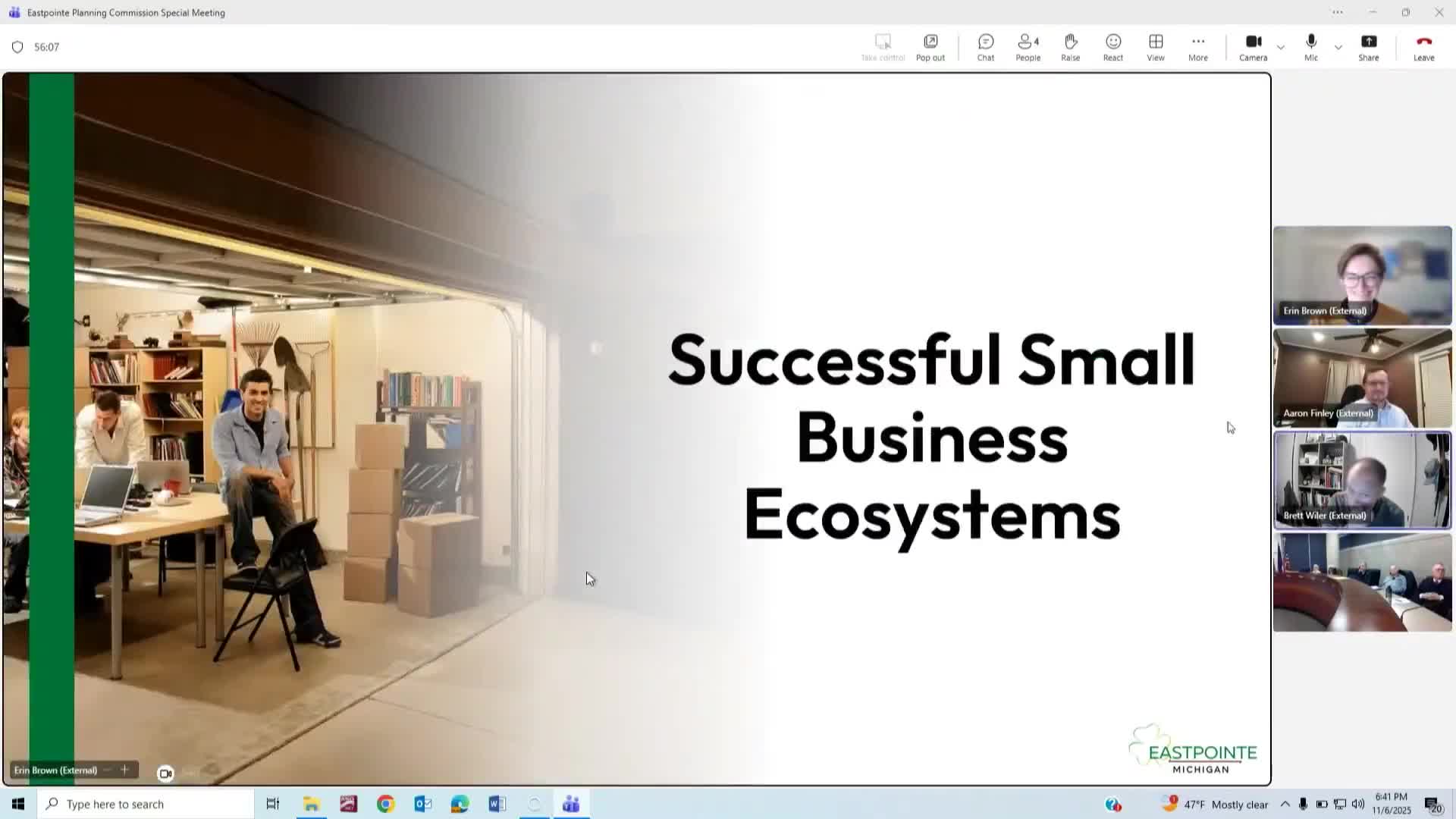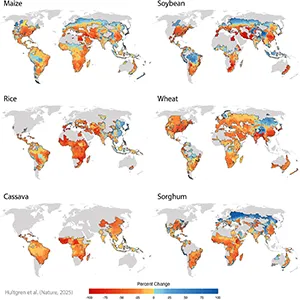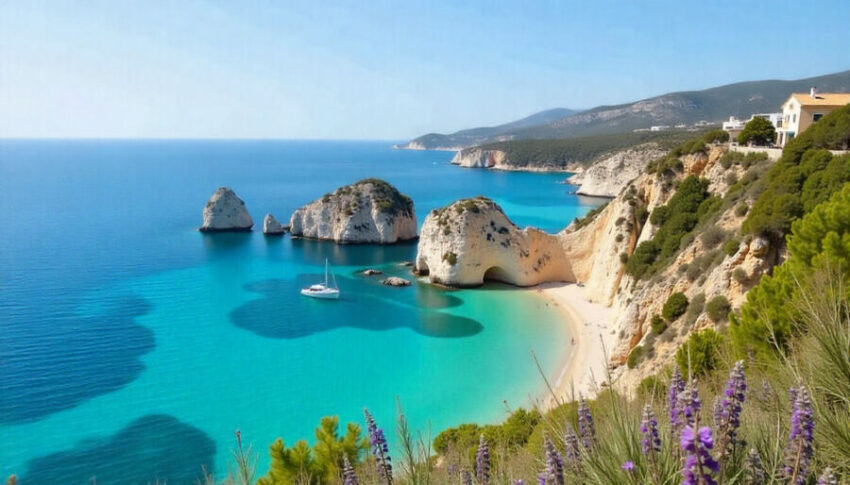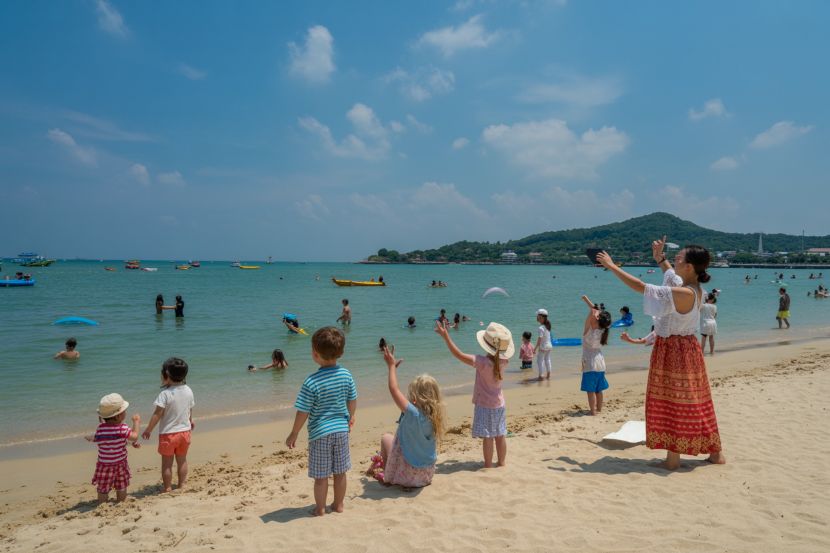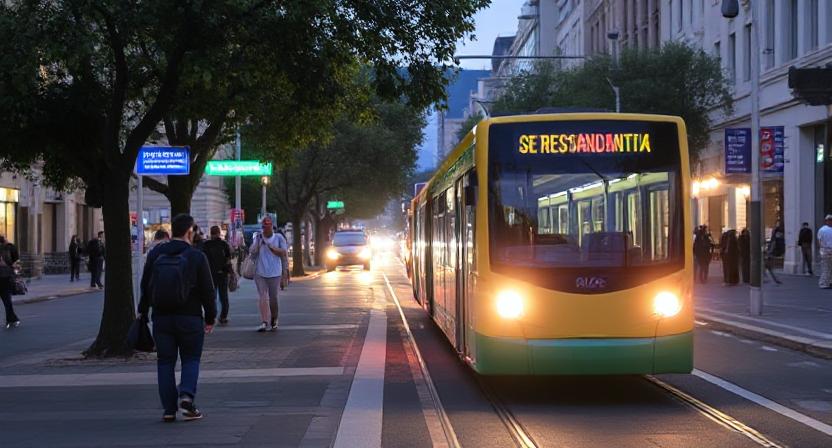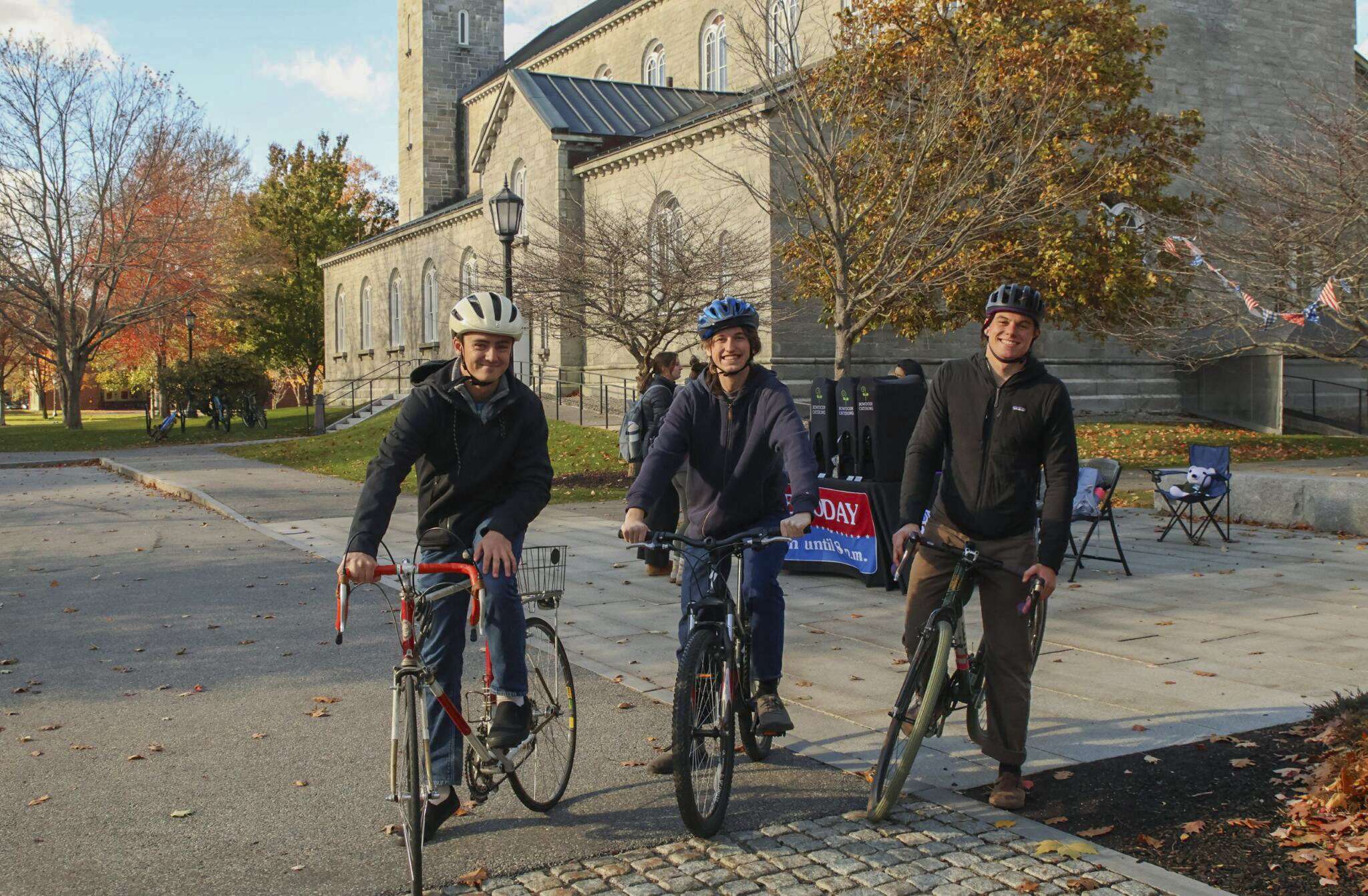The conservative case for infrastructure investment – Daily Inter Lake

Introduction: The Montana GO Trust and Sustainable Infrastructure
A recent legislative initiative in Montana, House Bill 924, has established the Montana Growth and Opportunity (GO) Trust. This trust represents a strategic, long-term financial commitment to maintaining and repairing the state’s public infrastructure. The initiative is fundamentally aligned with several United Nations Sustainable Development Goals (SDGs), primarily focusing on building resilient infrastructure, ensuring public safety, and fostering economic stability. By prioritizing proactive maintenance over reactive emergency repairs, the GO Trust serves as a model for sustainable governance and responsible stewardship of public assets.
Addressing Critical Infrastructure Deficits: A Focus on SDG 9
The GO Trust directly addresses significant deficiencies in Montana’s infrastructure, which are critical for economic activity and community well-being. This work is central to achieving SDG 9: Industry, Innovation, and Infrastructure, which calls for building resilient infrastructure to support economic development and human well-being.
Bridge Infrastructure
The condition of Montana’s bridges presents a significant challenge to community connectivity and safety, impacting progress toward SDG 11: Sustainable Cities and Communities. According to the 2024 ARTBA Bridge Report, the state faces substantial repair needs.
- Total bridges across the state: 5,224
- Bridges classified as structurally deficient: 356
- County-owned bridges (approx. 2,000 total) that are closed or have weight restrictions: 20%
- Estimated statewide need for bridge repairs: $2 billion
These deteriorating bridges are essential conduits for school buses, agricultural transport, and residents, making their repair a priority for maintaining safe and resilient communities.
Water Management Systems
The state’s water infrastructure, including dams and canals, is vital for agriculture, drinking water, and recreation. Its maintenance is crucial for achieving SDG 6: Clean Water and Sanitation and SDG 2: Zero Hunger. Many of these systems are aging and pose a high risk.
- Montana has 206 high-hazard dams, with most constructed between 1900 and 1960.
- The cost of critical repairs, such as replacing outlet pipes, can exceed $1 million per component.
A recent failure underscores the risk of deferred maintenance. In 2024, the collapse of a century-old siphon on the St. Mary Canal resulted in massive flooding and required over $85 million in emergency repairs. The event disrupted water supply to 120,000 acres of farmland and threatened drinking water for several communities, demonstrating how infrastructure failure directly undermines food security and access to clean water.
A Sustainable Funding Model for Resilient Communities
The GO Trust establishes a financial framework designed for long-term sustainability and collaboration, avoiding reliance on emergency funding or placing an undue burden on local taxpayers.
The 80/20 Funding Partnership
The trust implements a cost-sharing model that exemplifies SDG 17: Partnerships for the Goals. Under this framework:
- Interest generated by the GO Trust covers 80% of project costs.
- Local governments, counties, and irrigation districts contribute the remaining 20%.
This partnership between state and local entities ensures shared responsibility and facilitates the systematic repair of critical infrastructure before it fails, saving taxpayer money and preventing future crises.
Long-Term Investment vs. Short-Term Rebates
The establishment of the GO Trust was favored over proposals for short-term, one-time rebates. The debate highlighted a core principle of sustainability: prioritizing long-term, structural solutions over temporary fiscal measures. While rebates offer immediate political appeal, they do not contribute to the resilience of infrastructure. The GO Trust, in contrast, provides a lasting mechanism to address systemic issues, ensuring that essential systems for agriculture, water supply, and transportation remain functional for future generations.
Conclusion: Aligning State Policy with Global Sustainability Goals
The Montana Growth and Opportunity Trust established by House Bill 924 is a forward-thinking policy that aligns state-level action with global sustainability objectives. By creating a dedicated and collaborative funding source for infrastructure maintenance, Montana is taking concrete steps to build a more resilient and prosperous future. This initiative directly contributes to the achievement of several key Sustainable Development Goals:
- SDG 9 (Infrastructure): By systematically repairing and maintaining bridges, dams, and canals.
- SDG 11 (Sustainable Communities): By ensuring safe and reliable transportation networks for residents and services.
- SDG 6 (Clean Water and Sanitation): By safeguarding water delivery systems for both drinking and sanitation.
- SDG 2 (Zero Hunger): By securing water for irrigation, which is essential for the state’s agricultural sector.
- SDG 17 (Partnerships): By fostering a collaborative funding model between state and local governments.
The GO Trust serves as a practical application of conservative stewardship, demonstrating that proactive investment in infrastructure is essential for long-term economic stability and community well-being.
SDGs Addressed in the Article
-
SDG 6: Clean Water and Sanitation
The article extensively discusses the state of water infrastructure in Montana, including high-hazard dams and water canals. It highlights the risks to clean drinking water, such as the situation in Havre after the St. Mary Canal collapse, and the importance of water for agriculture. The need for repairs to ensure a reliable water supply is a central theme.
-
SDG 9: Industry, Innovation and Infrastructure
This is the most prominent SDG in the article. The entire piece revolves around the maintenance, repair, and funding of public infrastructure, specifically bridges, dams, and water systems. It emphasizes the need for “quality, reliable, sustainable and resilient infrastructure” to support the economy and daily life, citing the 356 structurally deficient bridges and the $2 billion repair need as evidence of the challenge.
-
SDG 11: Sustainable Cities and Communities
The article connects infrastructure to the well-being and safety of communities. It discusses how failing bridges impact school buses and local travel, and how failing dams and canals can lead to “disasters we can’t afford,” like the flooding from the St. Mary Canal collapse. The financial burden of repairs on local communities through property taxes is also a key point, linking directly to community sustainability.
Specific SDG Targets Identified
-
SDG 9: Industry, Innovation and Infrastructure
-
Target 9.1: Develop quality, reliable, sustainable and resilient infrastructure…to support economic development and human well-being.
The article directly addresses this target by focusing on the Montana GO Trust, a legislative initiative designed to fund the repair and maintenance of critical infrastructure like bridges and dams. The text argues that maintaining this infrastructure is essential to “keep our economy on solid ground” and avoid “real dangers to folks’ lives and livelihoods.” The description of bridges as vital for “school buses, grain trucks and folks heading out to fish or hunt” illustrates their role in supporting both economic activity and human well-being.
-
Target 9.1: Develop quality, reliable, sustainable and resilient infrastructure…to support economic development and human well-being.
-
SDG 6: Clean Water and Sanitation
-
Target 6.1: By 2030, achieve universal and equitable access to safe and affordable drinking water for all.
This target is relevant as the article warns that infrastructure neglect puts “drinking water at risk for Havre and nearby areas” following the collapse of a canal, demonstrating the link between infrastructure integrity and access to safe drinking water.
-
Target 6.4: By 2030, substantially increase water-use efficiency across all sectors and ensure sustainable withdrawals and supply of freshwater.
The collapse of the St. Mary Canal, which “cut off water to 120,000 acres of farmland,” directly relates to ensuring a sustainable supply of freshwater for the agricultural sector. The article frames the repair of such systems as crucial for “farming, clean drinking water and outdoor fun.”
-
Target 6.1: By 2030, achieve universal and equitable access to safe and affordable drinking water for all.
-
SDG 11: Sustainable Cities and Communities
-
Target 11.5: By 2030, significantly reduce…direct economic losses…caused by disasters, including water-related disasters.
The article provides a concrete example of the economic loss from a water-related infrastructure disaster. It states that the “emergency fixes” for the St. Mary Canal collapse “are set to top $85 million,” proving that neglecting infrastructure leads to costly disasters. The mention of “206 high-hazard dams” further underscores the risk of future disasters that this target aims to mitigate.
-
Target 11.a: Support positive economic, social and environmental links between urban, peri-urban and rural areas by strengthening national and regional development planning.
The Montana GO Trust, established by House Bill 924, is a form of regional development planning. It creates a partnership between the state and local governments (“an 80/20 funding split”) to maintain the rural infrastructure (bridges, dams) that connects communities and supports the state’s economy.
-
Target 11.5: By 2030, significantly reduce…direct economic losses…caused by disasters, including water-related disasters.
Indicators for Measuring Progress
-
For SDG 9: Industry, Innovation and Infrastructure
-
Indicator: Number and proportion of bridges that are structurally deficient.
The article explicitly provides data for this indicator, stating that the “2024 ARTBA Bridge Report counts…356 in bad shape structurally.” It also notes that “about 20% of the roughly 2,000 county-owned bridges are closed or have weight limits.” Tracking these numbers over time would measure progress in improving infrastructure quality.
-
Indicator: Investment in infrastructure.
The article implies this indicator by discussing the “$2 billion statewide need for bridge repairs” and the creation of the Montana GO Trust as a funding mechanism. The amount of money disbursed from the trust for repairs would be a direct measure of investment.
-
Indicator: Number and proportion of bridges that are structurally deficient.
-
For SDG 11: Sustainable Cities and Communities
-
Indicator: Direct economic loss attributed to disasters.
A specific value for this indicator is mentioned: the St. Mary Canal collapse resulted in emergency fix costs projected to “top $85 million.” This figure serves as a baseline for the economic impact of infrastructure failure.
-
Indicator: Number of high-risk infrastructure assets.
The article identifies “206 high-hazard dams” that need “serious work.” A reduction in this number would indicate progress in making communities safer from potential disasters.
-
Indicator: Direct economic loss attributed to disasters.
-
For SDG 6: Clean Water and Sanitation
-
Indicator: Acreage of agricultural land with reliable water supply.
The article implies this indicator by noting the canal collapse “cut off water to 120,000 acres of farmland.” The stability and extent of irrigated land can be used as a measure of sustainable water supply for agriculture.
-
Indicator: Acreage of agricultural land with reliable water supply.
Summary of SDGs, Targets, and Indicators
| SDGs | Targets | Indicators |
|---|---|---|
| SDG 9: Industry, Innovation and Infrastructure | 9.1: Develop quality, reliable, sustainable and resilient infrastructure. |
|
| SDG 6: Clean Water and Sanitation |
6.1: Achieve access to safe and affordable drinking water.
6.4: Ensure sustainable withdrawals and supply of freshwater. |
|
| SDG 11: Sustainable Cities and Communities |
11.5: Reduce economic losses from disasters.
11.a: Strengthen national and regional development planning. |
|
Source: dailyinterlake.com

What is Your Reaction?
 Like
0
Like
0
 Dislike
0
Dislike
0
 Love
0
Love
0
 Funny
0
Funny
0
 Angry
0
Angry
0
 Sad
0
Sad
0
 Wow
0
Wow
0



































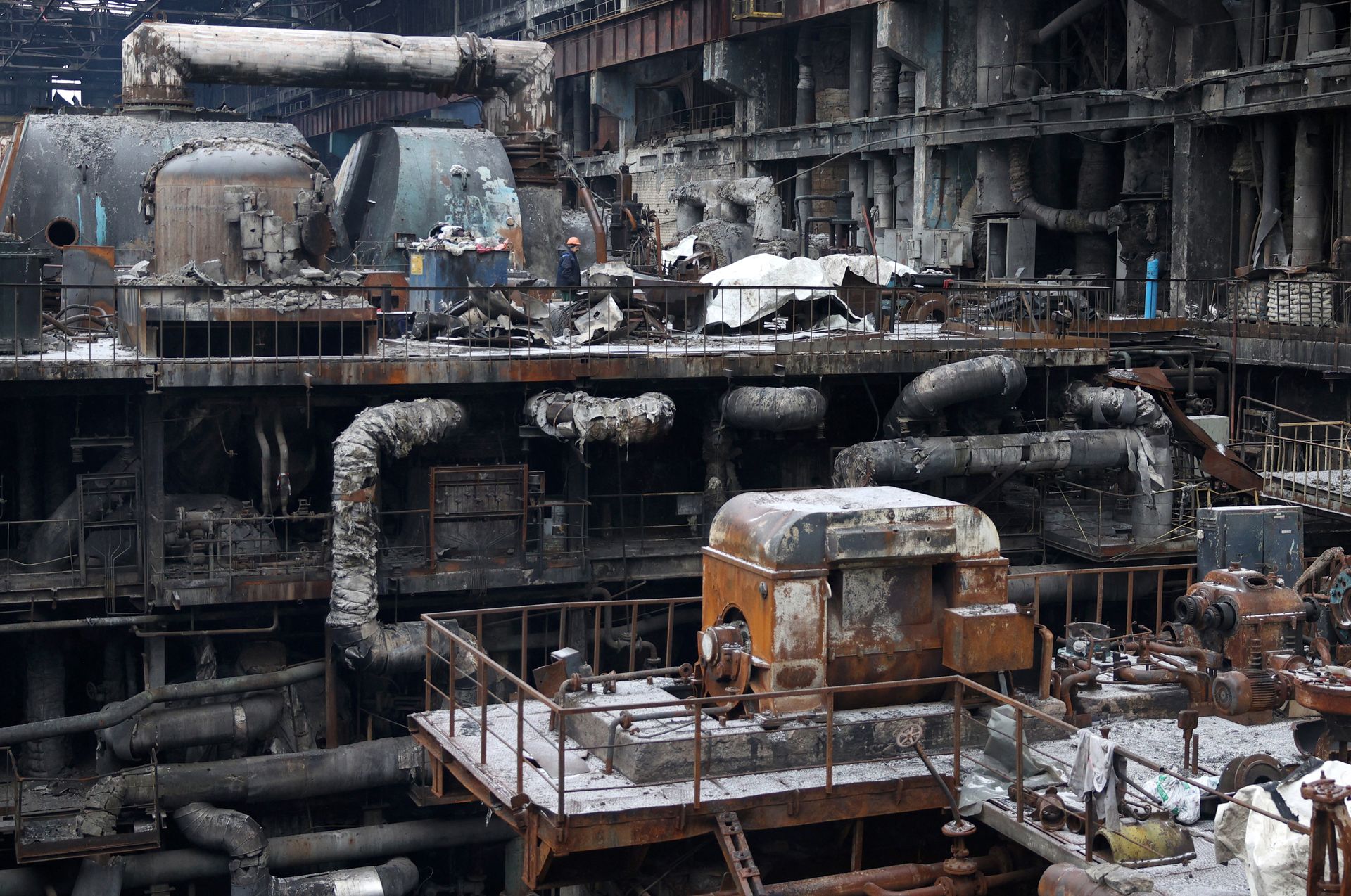

![Lancaster homeowner’s energy-efficient renovation sparks clash over historic preservation [Lancaster Watchdog] – LancasterOnline](https://bloximages.newyork1.vip.townnews.com/lancasteronline.com/content/tncms/assets/v3/editorial/9/ed/9ed03d32-c902-44d2-a461-78ad888eec38/69050b156baeb.image.png?resize=150,75#)













